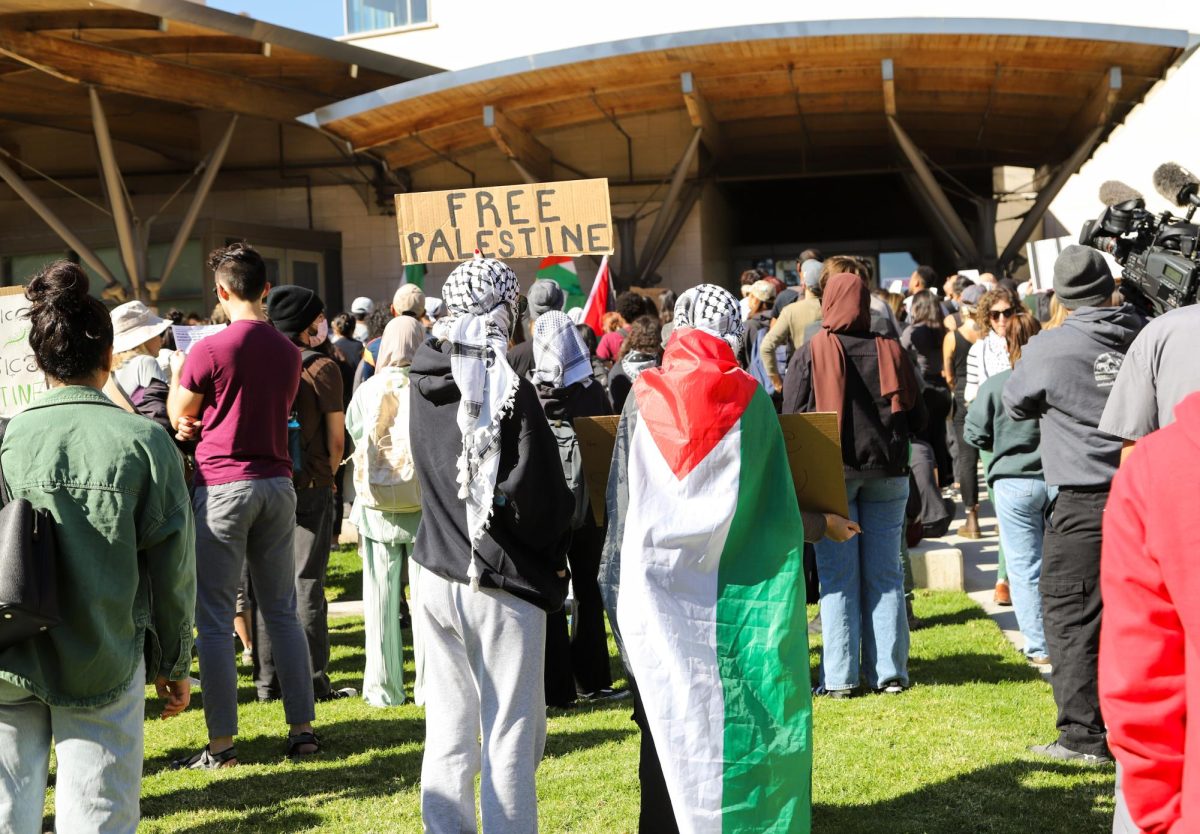Though sex trafficking is a rarely discussed problem because it seems like a third-world issue, far removed from where we are or anyone we know, it’s actually not as distant as we may think. Here are a couple of statistics that may bring new information to light: The rate of human trafficking in the United States is roughly 25 percent higher than the murder rate, and San Diego is a central hub for these activities, being one of the FBI’s 13 identified hot spots. Human trafficking is a term that refers to people who are moved from place to place for the purposes of forced work and labor, and sex trafficking is the specific instances when that forced work is sexual in nature, like involuntary prostitution. Much of sex trafficking involves the sexual exploitation of minors. Unfortunately, there isn’t a proven, straightforward method of stopping sex trafficking, but a combination of legalization of prostitution combined with strict government regulation could be a potential answer.
One reason why sex trafficking has low public visibility is that its victims are often members of poor minority groups. In the U.S., 40 percent of sex trafficking victims are black and almost 25 percent are Latino. They come from overwhelmingly poor backgrounds, and the average sex trafficking victim enters the sex trade between the ages of 12 and 14. Because these victims are already marginalized based on class, age and race, it’s almost no wonder that it has taken a backseat in the media to other forms of crime.
In terms of its relevance to UCSD, San Diego is actually a central location for sex trafficking and human trafficking. San Diego is a major city and often holds conventions, which creates business for sex work and sexual exploitation. In terms of more general human trafficking, nearly half of all non-sexual labor trafficked people are Latino, and San Diego’s proximity to the border facilitates that.
Apart from just educating people about the issue, one proposed solution to sex trafficking is legalizing prostitution. After all, it makes sense that customers of prostitution would prefer a legal alternative when given one and that trafficking may become less profitable for the illegal market. Unfortunately, several studies have found that in places where prostitution is legalized, like in Germany and Denmark, there has been an increase in sex trafficking according to a 2012 paper by European economists Seo-Young Cho, Axel Dreher and Eric Neumayer.
But it’s not as simple as saying that criminalizing prostitution is the best option. Though the legalization of prostitution correlates with increased trafficking, it also leads to better living conditions for those involved in prostitution, including victims of sex trafficking, according to a 2009 study by public health analyst Alexandra Lutnick and UC San Francisco researcher Deborah Cohan.
Cracking down on sex trafficking looks like another, more obvious solution, but if it were to go anything like the war on drugs, it could mean spending billions of dollars and getting nowhere. Trying to strictly control and eradicate trafficking seems impossible when the demand will always exist, especially since prostitution is already illegal.
Another more viable solution comes from the combination of legalization and regulation. If prostitution were legal, the research by Cho, Dreher and Neumayer shows that, yes, we may see more of it initially. By legalizing prostitution, the government would have the power to regulate it strictly and would then be able to create more effective tools for finding and stopping illegal sex trafficking. Even if the U.S. wasn’t able to put a complete halt to sex trafficking — and it probably never will — legalization and regulation could allow the government to establish programs that would be more effective at helping trafficking victims escape.











